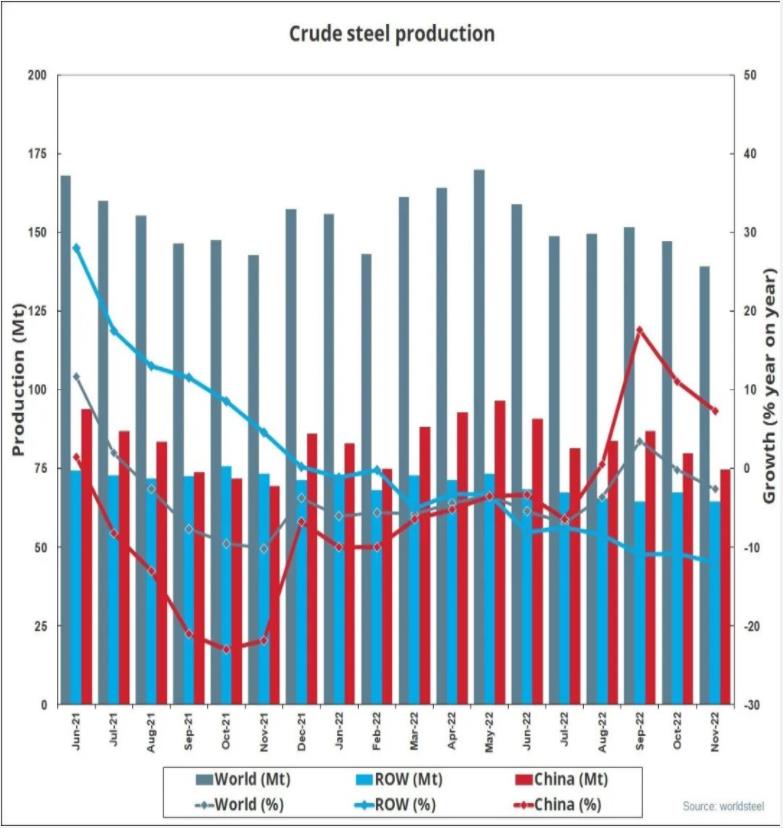long anchor bolts
Understanding Long Anchor Bolts Applications, Types, and Best Practices
Anchor bolts are critical components in construction and engineering, providing a secure connection between structural elements and the foundation. Among the various types of anchor bolts, long anchor bolts hold particular significance due to their applications in heavy structural and civil engineering projects. This article aims to explore the concept of long anchor bolts, their various applications, types, and best practices for installation.
What are Long Anchor Bolts?
Long anchor bolts are elongated bolts specifically designed for securing heavy equipment and structural components to concrete foundations. Typically, these bolts can range from several inches to several feet in length, depending on the requirements of the project. The length of these bolts allows for greater embedment in concrete, which enhances the stability and load-bearing capabilities of the overall structure.
Applications of Long Anchor Bolts
Long anchor bolts find their place in a variety of applications, including
1. Structural Support In buildings and bridges, long anchor bolts are used to secure steel columns, beams, and trusses to the foundation, ensuring that the structure can withstand dynamic loads, including those from wind and earthquakes.
2. Machinery Installation Industries often use long anchor bolts to secure heavy machinery and equipment—such as cranes, turbines, and generators—to prevent movement that could lead to misalignment or operational failure.
3. Towers and Masts Telecommunications, power, and radio towers frequently use long anchor bolts to stabilize the structure against environmental forces. These bolts are instrumental in ensuring that towers remain upright and secure.
Types of Long Anchor Bolts
Several types of long anchor bolts are available, each designed for specific requirements
1. Cast-in-place Anchor Bolts These are embedded in concrete during the pouring process. They are commonly used for permanent installations where the exact position is predetermined.
long anchor bolts

2. Expansion Anchor Bolts These anchors expand when inserted into a pre-drilled hole in the concrete, ensuring a tight fit. They are ideal for applications where future adjustments or removals may be necessary.
3. Epoxy-coated Anchor Bolts Coated with an epoxy resin, these bolts offer corrosion resistance, making them suitable for harsh environments such as coastal areas or chemical plants.
4. Mechanical Anchor Bolts These bolts rely on mechanical means to grip the concrete, providing a reliable connection without the need for chemical adhesives.
Best Practices for Installation
To ensure the effectiveness of long anchor bolts, following best practices during installation is crucial
1. Proper Sizing Accurate calculations of load requirements and environmental factors must be carried out to choose the correct size and type of anchor bolt.
2. Correct Positioning The placement of anchor bolts is essential. They should be aligned correctly with structural elements, and allowance must be made for any possible movement during installation.
3. Surface Preparation Ensuring a clean and stable surface on the foundation is critical for achieving the maximum adhesion and load-bearing capacity of anchor bolts.
4. Torque Specifications Following the manufacturer's torque specifications during installation is essential to avoid both under-tightening and over-tightening, which can lead to bolt failure.
5. Inspection and Maintenance Regular inspections should be conducted to check for signs of corrosion, loosening, or any structural damage in the vicinity of the anchor bolts, ensuring safety and longevity.
Conclusion
Long anchor bolts are indispensable in modern construction and heavy engineering, providing stability and security to various structures. Their diverse applications and the necessity for specific types highlight the importance of choosing the right anchor bolt for each project. By adhering to best practices during installation, builders and engineers can significantly enhance the performance and durability of anchor bolts, ultimately contributing to safer and more robust infrastructures. Understanding long anchor bolts, therefore, is not just an academic pursuit, but a practical necessity in ensuring structural integrity.
-
Unlock the Strength and Versatility of Steel Wire
NewsJun.04,2025
-
The Ultimate Guide to Welded Wire Mesh
NewsJun.04,2025
-
Secure Your Structures with Premium Anchor Bolts
NewsJun.04,2025
-
Protect Your Property with High-Quality Razor Wire
NewsJun.04,2025
-
Everything You Need to Know About Concrete Nails
NewsJun.04,2025
-
Durable and Reliable Metal Posts for All Your Fencing Needs
NewsJun.04,2025














